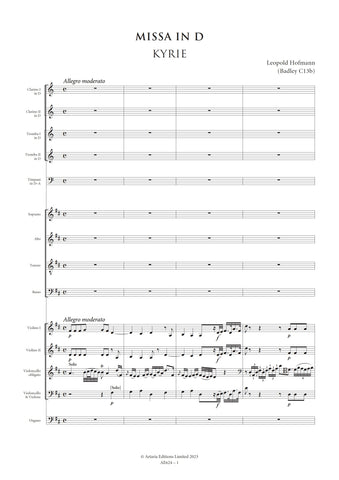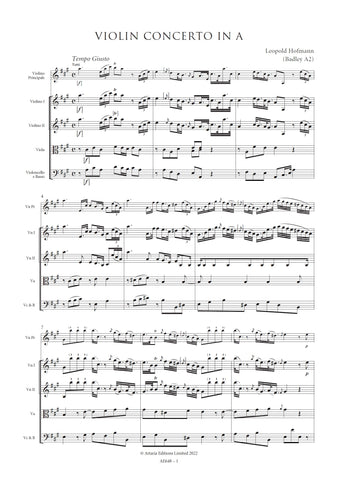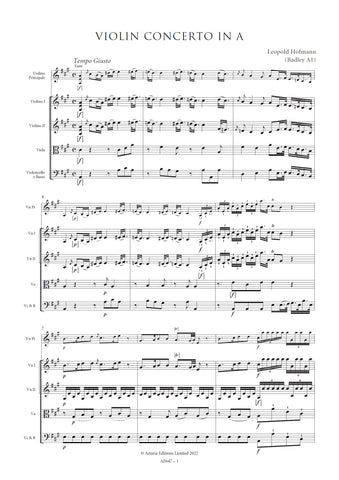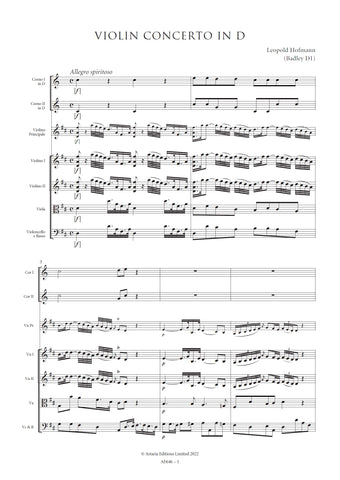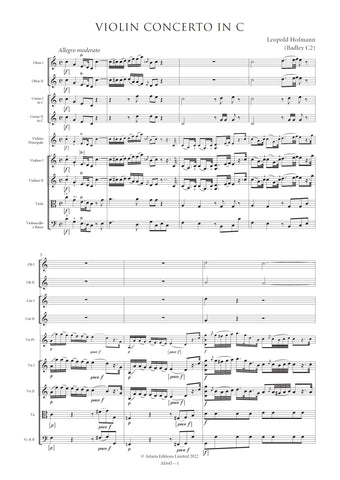Description |
Hofmann, Leopold (1738-1793)
|
||||||||||||||||||
Audio sample |
|||||||||||||||||||
Details |
The present work is among Hofmann's earliest datable symphonies. Its appearance in the Egk Catalogue establishes a composition date of ca. 1760 and thus makes the work roughly contemporaneous with Haydn's socalled 'Morzin' symphonies. Hofmann's penchant for experimentation reveals itself in the unusual and highly effective linking of the first and second movements while the Minuet contains an obvious thematic link with the opening movement. Another pleasing touch is the scoring of the Trio for solo viola, violoncello and basso, a combination the composer also writes for in several of his string trios. Written around the time six of his symphonies were published in Paris, this work provides a good illustration of the reasonswhy Hofmann was so highly regarded early in his career. His musical structures are elegant and original; his melodic writing attractive and his handling of the orchestra assured. This edition is based on a set of contemporary manuscript parts preserved in the archive of the Gesellschaft der Musikfreunde in Wien (Q 18437). The wrapper reads: "Sinfonia / a / Violino Primo / Violino Secondo / Oboa Prima / Oboa Seconda / Viola Basso / Del Sigre Leopoldo Hoffman". In the absence of both the autograph score and an authentic set of parts the edition sets out to reflect as faithfully as possible the intentions of the composer as transmitted in the source. The style and notation of articulation and dynamic markings have been standardised throughout and, where missing, reconstructed from parallel passages. These are indicated by the use of dotted slurs or brackets. Like most eighteenth century sources, the present manuscript is inconsistent in its notation of appoggiature; these too have been standardised to minimise confusion. Obvious wrong notes have been corrected without comment; editorial emendations with no authority from the source are placed within brackets. Allan Badley |
Loading...
Error




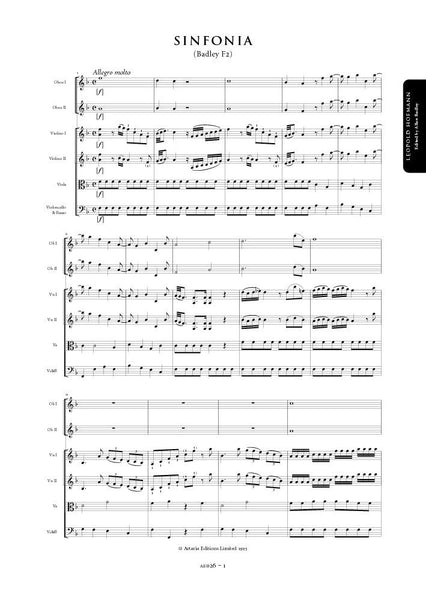
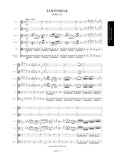
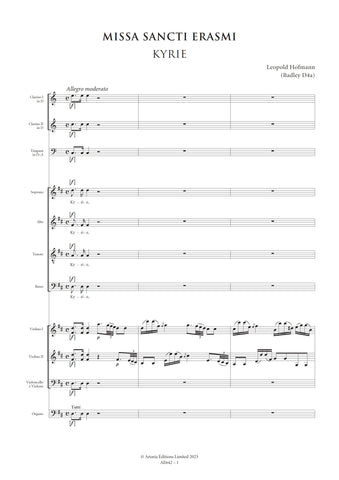

![Hofmann, Leopold: Missa Sancti Erasmi (Badley D4a) [Vocal Score] (AE642/VS)](http://www.artaria.com/cdn/shop/files/ae642vs_1stpage_large.jpg?v=1697798128)
![Hofmann, Leopold: Missa in D (Badley C13b) [Vocal Score] (AE624/VS)](http://www.artaria.com/cdn/shop/files/ae624vs_1stpage_large.jpg?v=1697794050)
